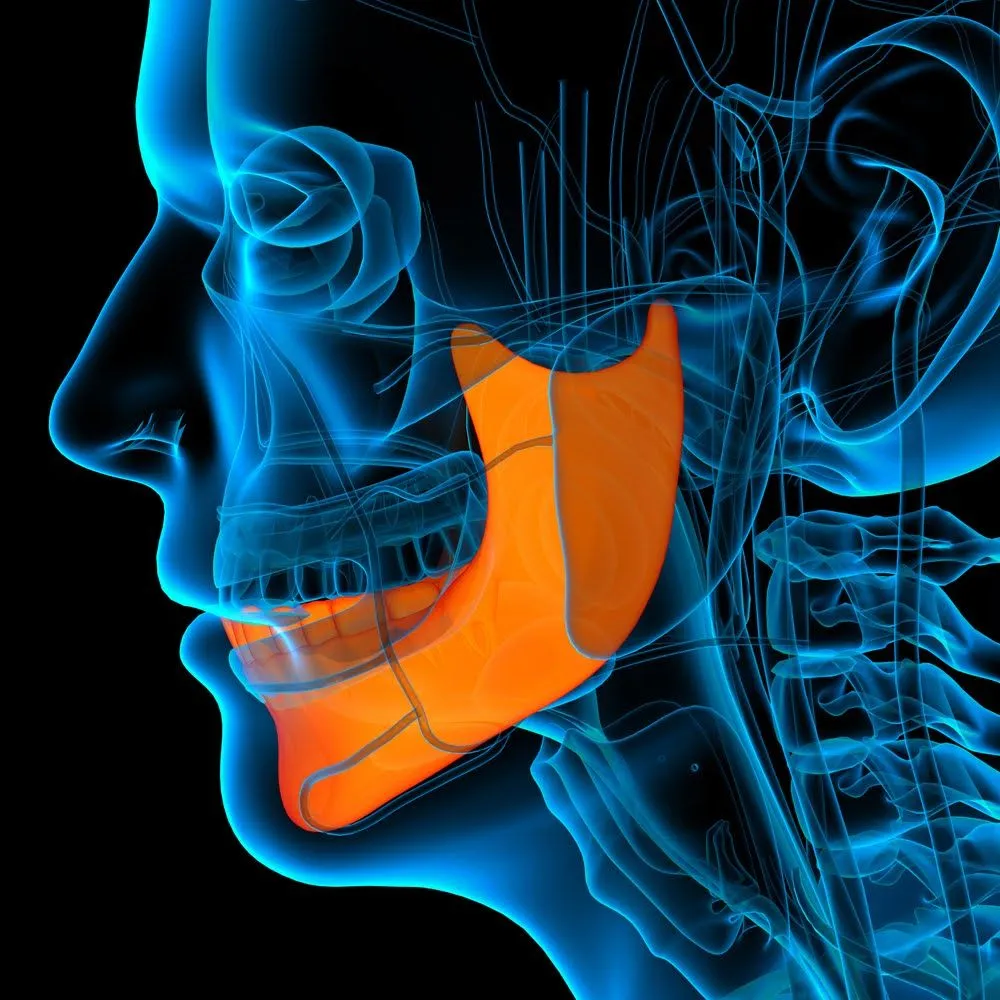
Do you need a dental bone graft? This common oral procedure can build up the jawbone and stabilize an implant or denture. As you prep for your procedure day, take a look at what you need to know about bone grafts and the surgical recovery process.
Are All Bone Grafts the Same?
No. Even though the reason behind the graft and end result (building up the jawbone) are similar, the material the oral surgeon uses may differ from one graft to another. The most common types of grafts are autografts (bone from your own body), allografts (human bone from a donor), xenografts (a bone graft from another animal species), and alloplasts (synthetic grafting material).
Along with the type of material used, the placement of the graft and the extent of the bone damage (or length of time of a tooth loss) can affect the grafting procedure. Some grafts (socket preservation grafts) happen immediately after a dental extraction. This type of graft can help to preserve the socket space. Other grafts, such as ridge augmentation, add volume to existing damage. This can help to provide a base for another dental restoration.
What Is a Bone Graft Procedure?
The answer to this question depends on the type of graft you need. If the oral surgeon will harvest the bone from your own body, they will need to remove a small section from the back of the jaw, hip, or tibia before the grafting procedure. If you use a donor or synthetic source, this stop is unnecessary.
The oral surgeon or dentist will numb the treatment area. Some patients prefer to sleep through the procedure. Dental sedation can help you to rest, relax, and have an almost pain-free surgery.
After the surgeon numbs the grafting site, they will clean the area and add the material. Over time, the new or synthetic bone will fuse with the existing natural jawbone and create a stronger, thicker base.
What Happens After Surgery?
Your recovery depends on a few factors. These include whether you have sedation or not, your overall health, the type and placement of the graft, how quickly you normally heal, and the reason for the graft.
You may have some pain or discomfort, swelling, and bruising after the graft surgery. If the dentist harvested bone from your body, you may also have discomfort and similar swelling or bruising from this site.
Patients who had dental sedation or took oral relaxation medications prior to surgery may feel tired or foggy. You should not drive yourself home, drive for at least the next 24 hours, operate machinery, or make any important decisions after your surgery. Your surgeon will provide you with post-op sedation instructions to follow.
How Can You Make Recovery Easier?
Your surgeon may have prescribed a pain medication to take after grafting surgery. Follow the dosage and usage directions exactly. If you do not feel comfortable taking prescription pain medication, the dentist can suggest an over-the-counter option. You may also need to apply ice packs to the outside of your face and carefully select what you eat and drink.
Avoid extremely hot liquids and hard, sticky, chewy, or crunchy foods. Soft foods, such as bananas, yogurt, or pudding, are easier to eat (compared to a normal diet) after surgery. Instead of waiting until after your surgery to shop for these foods, stock up on a selection of soft options before your procedure date. Your oral surgeon may also ask you to restrict or decrease physical activity in the days after surgery.
Are you ready to schedule a bone graft procedure? Contact the San Diego Center for Oral & Maxillofacial Surgery for more information.
